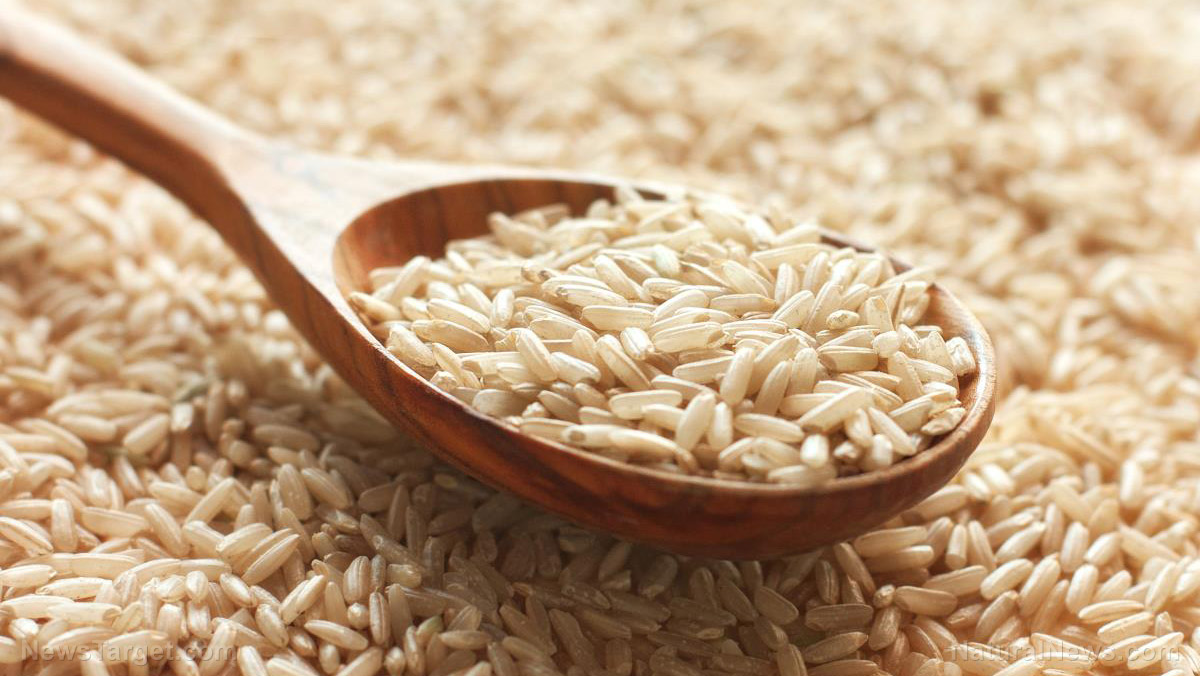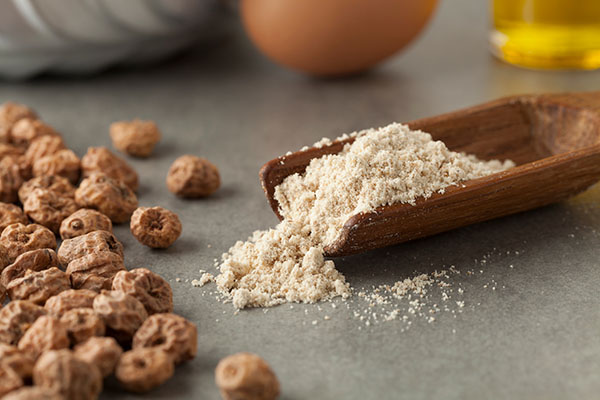
Advertisement
Health experts dissuade people from eating processed foods, and for good reason: Aside from containing many harmful chemical additives, these foods undergo heavy processing which squeezes them dry of their nutrient content.
The result? These foods may taste better and last longer than fresh goods – but lack any substance.
This same principle applies to rice. Brown rice is considerably much better for your health than white rice because it undergoes minimal processing. This allows it to retain most of the nutrients naturally found in the seeds of Oryza sativa — the same nutrients you may no longer find (or find in very minute amounts) in heavily processed white rice.
Here’s another benefit of eating rice in its cruder form: A recent study published in BMC Complementary and Alternative Medicine showed that nutrient-rich brown rice can ameliorate cognitive dysfunction in a mouse model of Alzheimer’s disease. Not only did brown rice have a preventive effect against cognitive impairment, but it also reduced the levels of amyloid-B in the brains of the animals.
Amyloid-B is a protein fragment commonly associated with Alzheimer’s. A buildup of this fragment in the brain — collectively called amyloid plaques — is believed to disrupt cell-to-cell communication and activate immune cells, triggering inflammation. This immune process eventually destroys brain cells, leading to cognitive decline and the onset of Alzheimer’s.
Fast facts about brown rice
Rice is a staple food in Asia and in many other regions. Known for its different varieties, this cereal grain comes from the seed of either one of two species: O. sativa, also called Asian rice, and O. glaberrima or African rice.
Rice is commonly associated with soft, white grains (cooked) that go well with savory dishes. Its unrefined form, however, is brown in color, harder to chew and difficult to cook. But despite its shortcomings, brown rice has recently begun to gain traction for its multiple health benefits.
Brown rice differs from white rice in that it still contains all three parts of the grain kernel, namely, the bran, the germ and the endosperm. While the first and second are filled with fiber and other nutrients, respectively, the third layer consists mostly of starch. This third layer is what remains after brown rice is processed into white rice.
Brown rice has a low glycemic index, so it doesn’t cause blood sugar spikes after it is eaten. Brown rice is also said to lower blood cholesterol levels, improve digestion, promote fullness (an important component of weight loss) and prevent the formation of blood clots.
The nutrients and plant compounds in brown rice can also help with disease prevention. Brown rice is rich in B vitamins, iron, magnesium and selenium, which are all involved in various biological functions ranging from immune response to thyroid regulation and the formation of new cells. These nutrients, together with different classes of phytonutrients, help reduce the risk of chronic diseases like heart disease, stroke and Type 2 diabetes.
Highly water-pressurized brown rice can prevent cognitive impairment
In the present study, Japanese researchers proposed that the nutrients found in brown rice can be used to prevent Alzheimer’s disease and other types of dementia. For instance, ferulic acid is an organic compound with antioxidant and neuroprotective properties. Previous studies have reported that it can stop the production and clustering of amyloid-B in the brain. The B-vitamins in brown rice can also prevent blood homocysteine levels from increasing — an event that contributes to a higher risk of Alzheimer’s.
For their experiment, the researchers used high-pressure treatment to increase the palatability and nutrient availability of brown rice. High-pressure treatment is a non-thermal food processing technique that improves the digestibility and absoprtion of food without decreasing its nutrient content. It also increases the shelf-life of food by killing any bacteria adhering to the food’s surface.
Using mice with age-related memory and learning deficits as subjects, the researchers found that regular consumption of the highly water-pressurized brown rice eventually reduced the amount of amyloid-B in the mice’s brains. The animals also performed better in cognitive tests and showed improvements in both cognitive and motor functions.
Based on these results, the researchers concluded that brown rice can enhance cognitive function and decrease amyloid-B levels in the brain, making it a potent natural treatment or functional food for the prevention of Alzheimer’s disease.
Sources:
BMCComplementAlternMed.BiomedCentral.com
ALZ.org [PDF]
Advertisements







